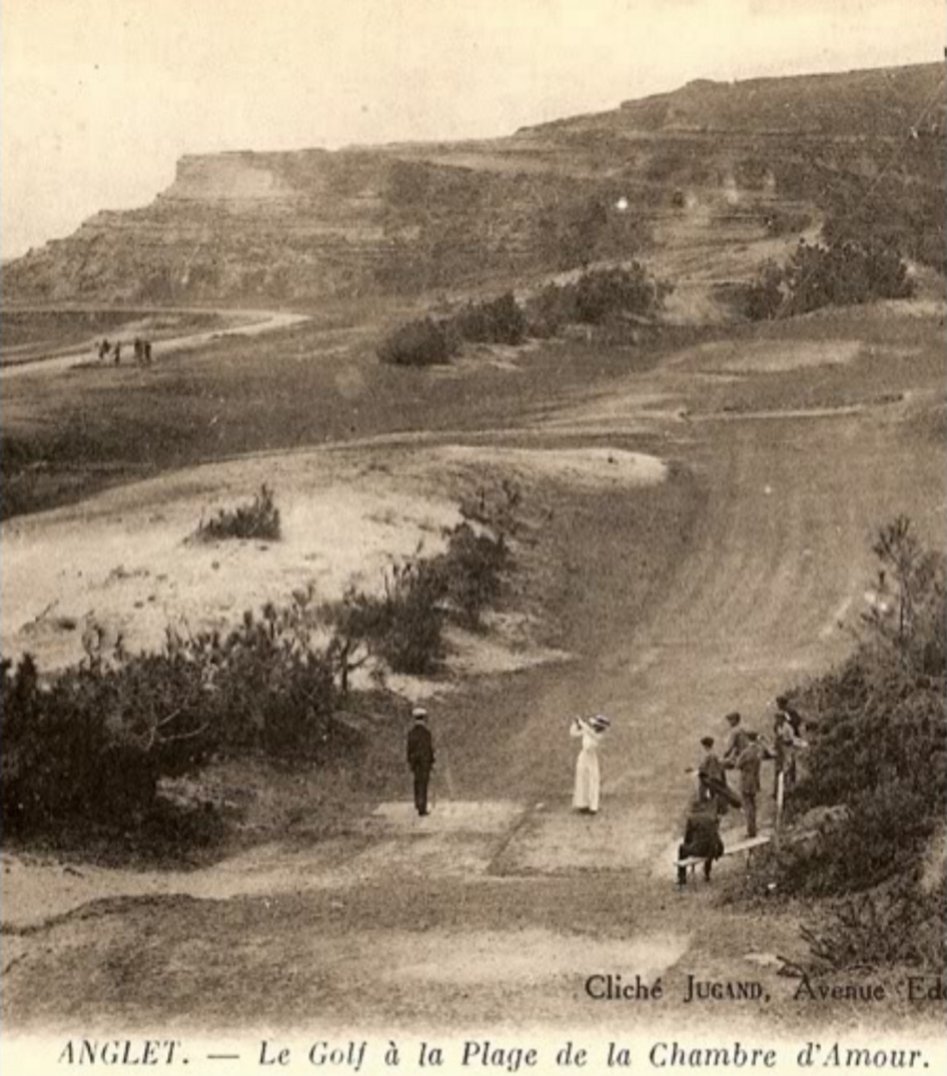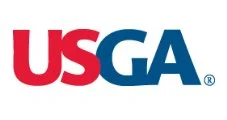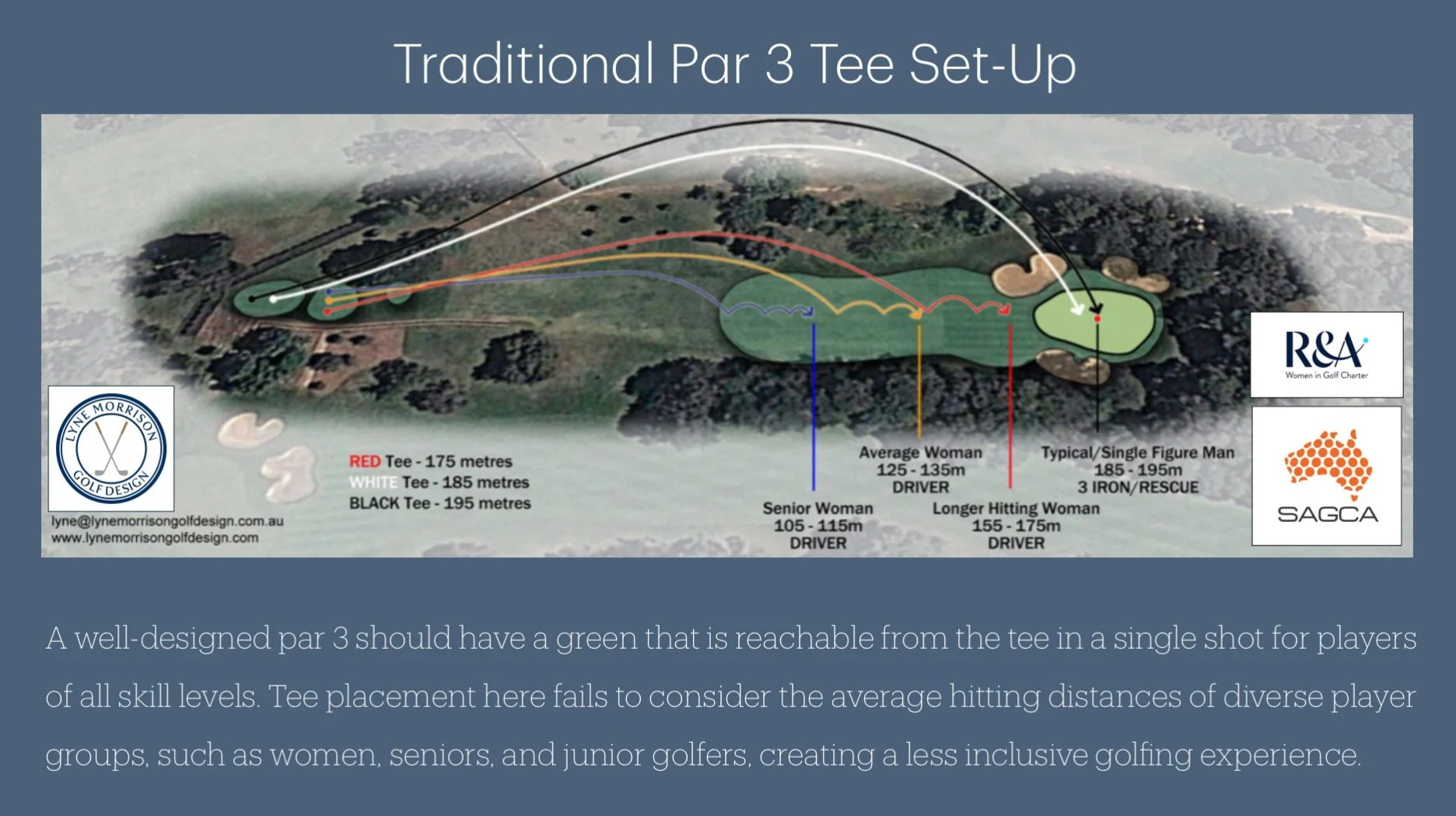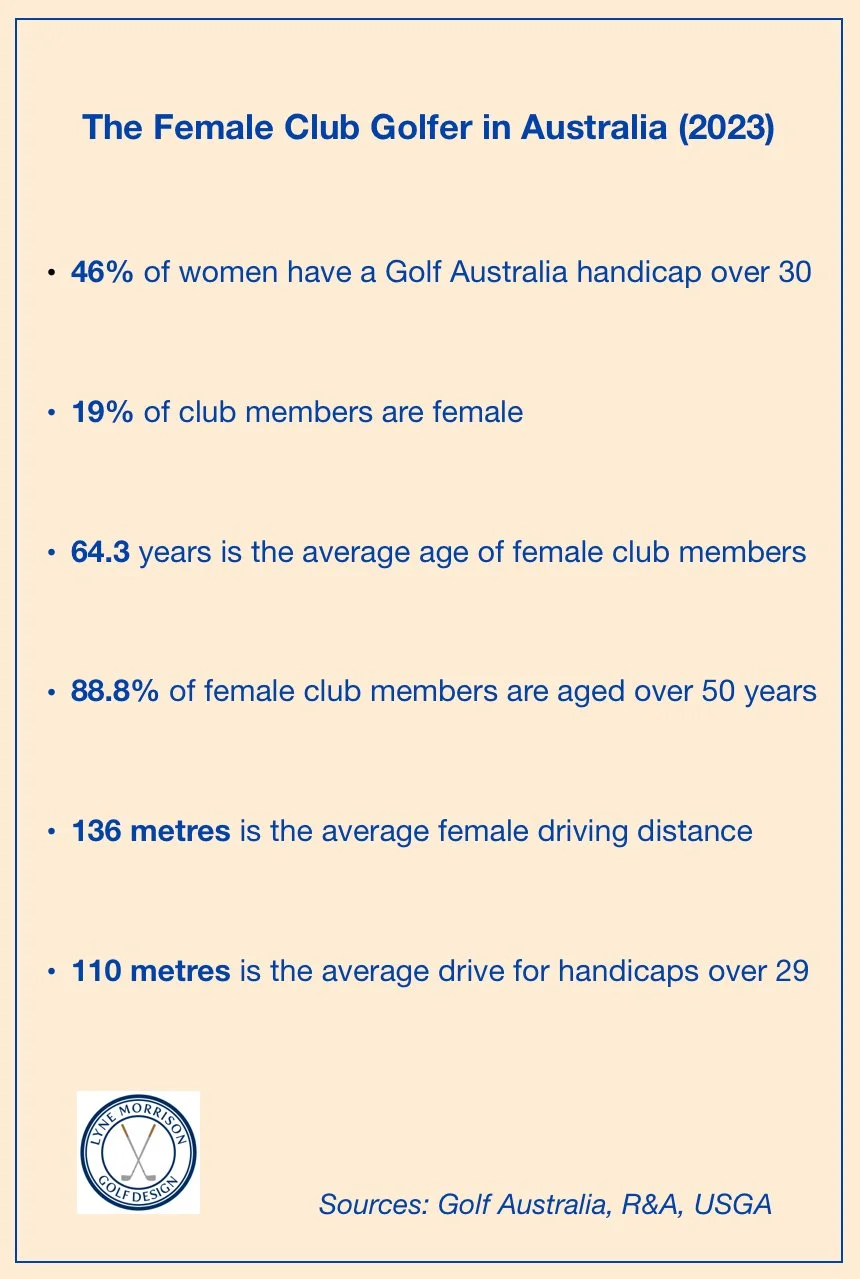Golf for Women and Girls
Early golf courses like this 1920s layout at Anglet, France, were designed with single tee boxes that failed to accommodate women’s hitting distances. While separate tee areas were eventually introduced, their placement often remained poorly considered for women’s actual playing needs.
Historical Context & The Problem:
In the early days, a single tee box was used for all players, regardless of skill level or gender. When ladies’ tees were first introduced in the early 1900s, they were placed with no consideration of women’s average hitting distances.
More than a century later, this approach inherited from the early 1900s continues to disadvantage women golfers. The R&A and USGA have formally recognised this problem, stating:
“We have a particular concern that the forward tees at many courses are very long for the hitting distances of many golfers who play from them…and particularly for women.”
R&A and USGA Distance Insights Project
The Current Reality:
While 3.8 million Australians play golf, only half a million hold club memberships - and women make up 51% of off-course participants but just 18.1% of club members. The challenge isn’t attracting interest in golf - it’s creating course experiences that retain players.
Golf clubs face a sustainability challenge that extends beyond environmental concerns. This participation-to-membership disconnect reveals that traditional course setup fails to convert women’s interest into long-term membership. Strategic course design addresses this sustainability challenge by creating playing experiences that retain the diverse participant base clubs need to thrive.
The reality is that many forward tee users have become accustomed to a version of golf that is more difficult and less varied than what the average male golfer experiences. Recreational female golfers drive in the range of 135-145 metres compared to recreational males at 170-220 metres, with senior women averaging 105-115 metres and longer-hitting women 155-175 metres. Yet many courses still fail to provide tees positioned to allow women golfers to reach greens in regulation figures.
This challenge reflects broader concerns identified by the governing bodies in their Distance Insights Project:
‘Longer distances and courses, longer tees and longer times to play are taking golf in the wrong direction and are not necessary for a challenging, enjoyable and sustainable game.’
R&A and USGA Distance Insights Project, February 2020
The Solution:
Strategic course setup addresses these historical oversights through evidence-based tee placement principles. Learn how these solutions benefit all players in our Best Tees for All section.
R&A Women In Golf Charter
This evidence-based approach reflects my professional commitment as a signatory to the R&A Women In Golf Charter, advocating for evolving course setup practices that enhance game satisfaction for all players, particularly women, developing juniors, and seniors.
Providing a Best Practice Course Setup:
Adapts to modern playing patterns
Promotes inclusion
Boosts participation levels
Aids pace of play
Increases fun and enjoyment
Supports membership sustainability
These principles form the foundation of strategic course setup. Learn how to implement these solutions through evidence-based tee placement in our Best Tees for All section.
“All golf is golf and all of us can be golfers”
- Australian Golf Strategy 2022-2025












